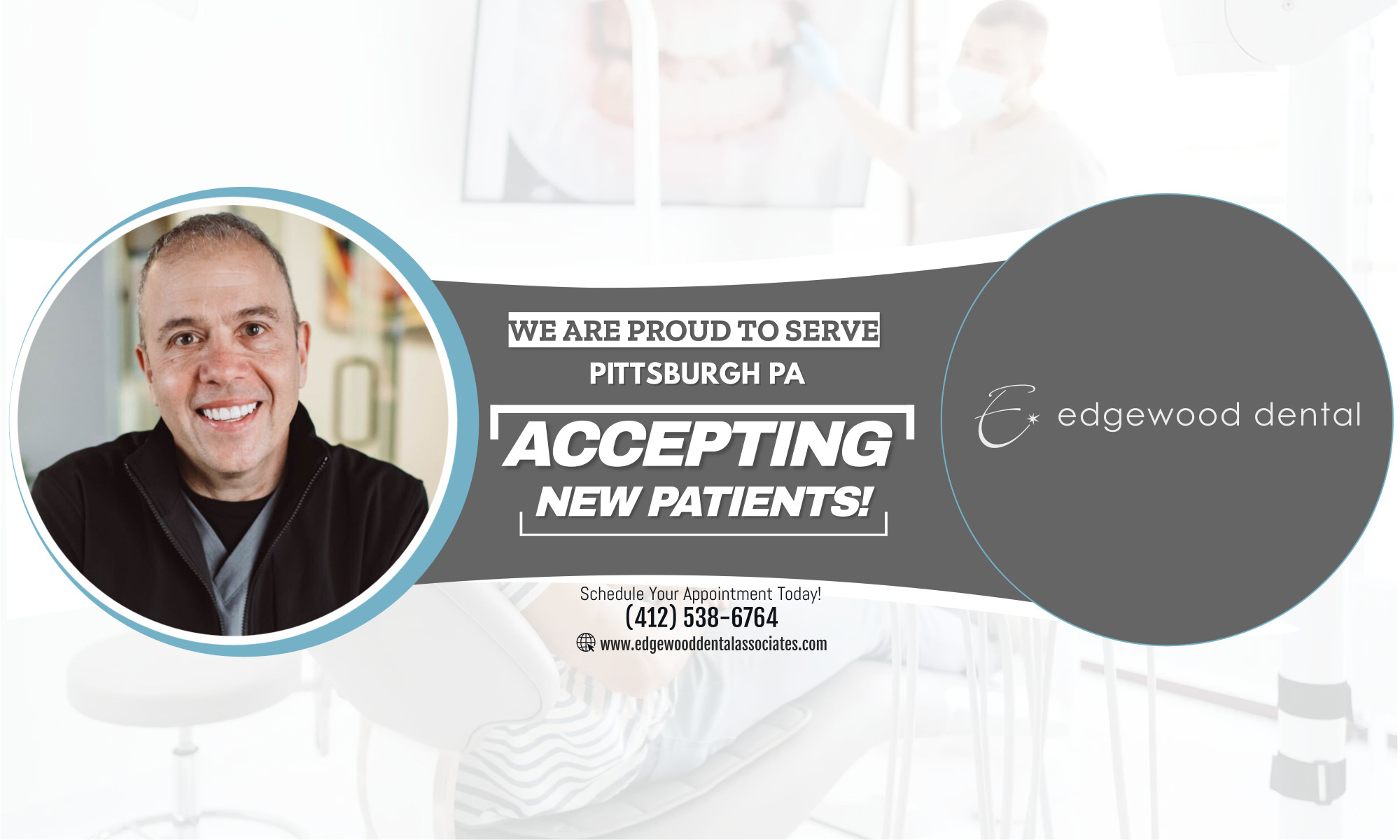Many diseases of the teeth and surrounding tissues cannot be seen when your dentist examines your mouth so an X-ray examination can reveal important additional information:
For example, X-rays can help show:
– Small areas of decay between the teeth or below existing fillings
– Infections in the bone
– Gum disease
– Abscesses or cysts
– Developmental abnormalities
– Some types of tumors
The way they work is that more X-rays are absorbed by the denser parts (such as teeth and bone) than by soft tissues (such as cheeks and gums). This creates an image called a radiograph.
Tooth decay, infections and signs of gum disease appear darker because of more X-ray penetration. The interpretation of these radiographs allows the dentist to safely and accurately detect hidden abnormalities.
The frequency of X-rays (radiographs) will depend on your specific health needs.
Your dentist will review your history, examine your mouth and decide whether you need radiographs and what type.
When you are a new patient, the dentist may recommend radiographs to establish how the hidden areas of your mouth currently look to help identify changes that occur later.
X-rays can help identify and treat dental problems at an early stage and so can save time, money and unnecessary discomfort.
